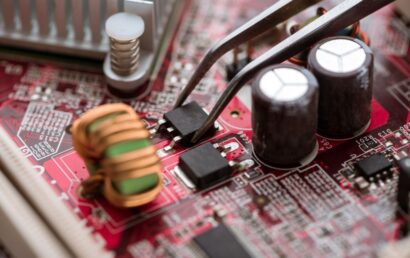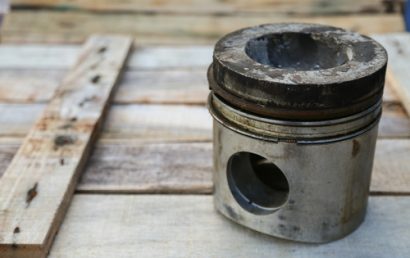Don’t Let Your Aircraft Internal Engines Corrode!
One can only imagine what can happen when aircraft internal engines corrode. In short – disaster. Truth be told, we may not even have to imagine. Engine corrosion may have been a determining factor in any number of incidents involving aircraft crashes and malfunctions. Clearly, internal engine corrosion must be avoided at all costs. So how does the aerospace industry and other industries involving simpler, smaller aircraft prevent corrosion of their internal engines?
In addition to the use of thermal spray coatings, consider the following information and suggestions.
An Aircraft Owner’s Worst Enemy
Possibly not the absolute worst enemy of an aircraft owner, but right there near the top of the list, corrosion occurs frequently (but certainly not exclusively) in the airframe. This is a matter of discussion among any number of owners. To address this threat, numerous procedures and products have been developed.
When it comes to internal engine corrosion, however, slightly less has been done. The point at which an engine is eventually disassembled for overhaul may be the first opportunity for the awareness of existing corrosion! Due to corrosion damage, there is every possibility that an overhaul should have been done hundreds of hours ago – but who would know?
Who Is in Danger?
The danger of corrosion exists in every aircraft. However, there are those that are at higher risk for corrosion. Consider these four factors when deciding whether or not your particular engine is at a more substantial risk:
- Frequency of use
- When in use, how engines are operated
- Geographic location
- The age of the engine
To further break down engine corrosion factors, two categories can be created:
- Inactive engines – This can mean indefinite storage (90 days or more) or temporary storage (not flown for 30 to 90 days).
- Active engines – See next paragraph.
Active Engine
If an engine is run regularly, it is considered an active engine. Of course, the definition of “run regularly” varies. As a rough estimate, if the engine is run every 30 days or more, it is considered active. Again, this is an extremely general definition.
Whether active or inactive, when fresh out of the factory, even an engine that is brand-new is vulnerable to damage due to corrosion as it leaves the assembly plant. Manufacturers do what they can to address this vulnerability. As an example, to protect against corrosion, engines are retreated if, after they’ve left the factory, they are not run for six months.
Additional Preventive Measures
In addition to precautions taken by manufacturers, there are other things that owners can do to attempt corrosion prevention.
- At least once a week, fly your aircraft. Even if it’s only for an hour. Oddly enough, your engine will last longer the more you fly your plane! It’s an aviation irony.
- Something to keep in mind – In an examination by a commercial airline, little or no corrosion was shown in engines that ran 20 hours a month.
- If you’re going to store your engine for any period of time, make sure that you practice proper storage preparation (corrosion protection treatment).
- For more than 30 minutes, operate at a temperature of at least 180°F (oil moisture is purged this way).
- Every six months, or after every 25 hours of operation, change the oil (always use the correct oil). Every 60 days, test your oil for fuel products, metals, and water. This recommendation comes from the oil companies. Maintenance people have recommendations that differ slightly.
- Engine pre-heaters – avoid “sump only” types.
Count on A & A Coatings To Help Reduce Corrosion
Can you eliminate the possibility of corrosion? That’s highly unlikely. But you can reduce the likelihood of it.
At A&A Coatings, we are experts at preventing and reducing corrosion and other types of wear and tear. We can also repair and rebuild parts with our thermal spray applications. Contact one of our experts today to find out how we can best reduce or prevent corrosion for your parts, components, engines, machinery, and more.



